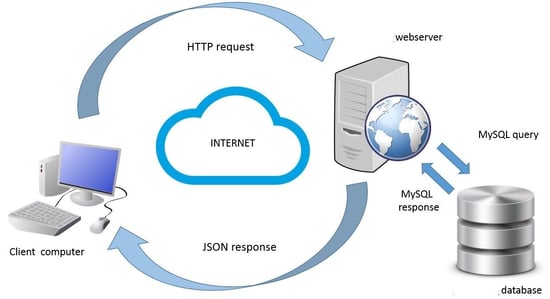Why a RESTful API?
A RESTful API is extremely flexible, highly scalable, and uses less bandwidth.
А RESTful API has an incredible layer of flexibility, it’s highly scalable, and uses less bandwidth, which makes it more suitable for the internet. In other words, it’s simple, lightweight, and fast.
A RESTful API is an interface that lets applications or websites talk to one another and exchange information through HTTP requests and responses in JSON or XML code.


A RESTful API has the ability to create, read, update, and delete anything you can describe over the web.
А RESTful API offers loose coupling i.e. the client and the database are separated by a server and your developers don’t have to install libraries or additional software to, say, take advantage of our REST API design. Instead, every time you want to communicate and exchange data with the backend of our system, you simply use an existing protocol–HTTP requests–to talk to our server, which then takes care of everything and sends back a response to you in the form of JSON or XML code.